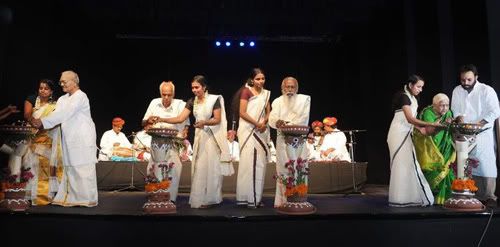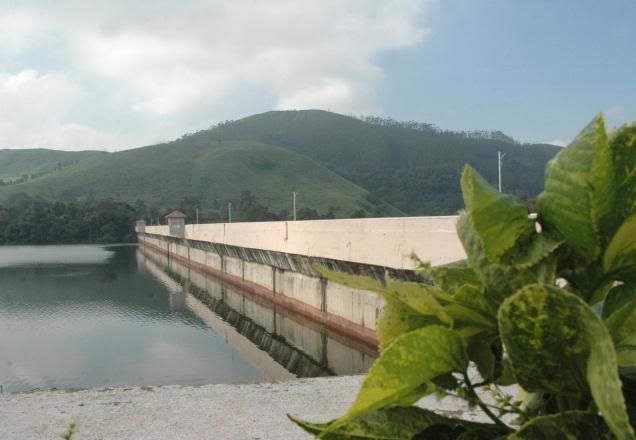2011 may not have been an exciting year for Malayalam box office, but it certainly was a turning point in the history of Malayalam film music industry. The industry had opened up to the rock music genre last year and a new trend of movie inspired OSTs had been introduced. As a result, we had a song from India’s leading and Kochi’s own rock band Motherjane for the film Anwar in 2010. The trend continued this year with the Malayalam rock band Avial played the end title song, Aanakkallan, for the film Salt N Pepper. It seems to be continuing as the audio of the end title song from the upcoming film Asuravithu, sung by the new rock sensation, X-Factor fame Piyush Kapur, is out on YouTube.
It shows that the new age film directors who target the young audience are ready to go beyond the regular track to try out something new. And the stage is set right. There has been no better time than now for the independent music scene in India and the youth in Kerala are also reaching out to different genres of music.
2011 was also the year of Shreya Ghoshal in Malayalam film music. She has probably sung more songs than Chitra in Malayalam this year. Unlike other singers from the north and south of India, she has given much effort in terms of pronunciation and that is evident from her renditions. But are the music directors trying to use her pan-Indian image for the publicity of their albums is a question. If that is the case, some of the equally talented young singers from Kerala – Gayatri, Manjari and Swetha – are missing out in the competition.
So here comes my list of top 12 Malayalam songs of 2011. You can view/hear the songs on YouTube, if you click on the song names.
Song: Naattu vazhiyorathe
Movie: Gaddhama
Singer: K S Chitra
Music: Bennet-Veetrag
Lyrics: Rafeeque Ahammed
Song: Chimmi Chimmi
Movie: Urumi
Singer: Manjari
Music: Deepak Dev
Lyrics: Kaithapram
Song: Chembarathi Kammalittu
Movie: Manikyakallu
Singer: Shreya Ghoshal, Ravishankar
Music: M Jayachandran
Lyrics: Anil Panchooran
Song: Ithile Varoo
Movie: The Train
Singer: Sujatha
Music: Srinivas
Lyrics: Rafeeque Ahammed
Song: Kannoram Chingaaram
Movie: Rathinirvedham
Singer: Shreya Ghoshal
Music: M Jayachandran
Lyrics: Murugan Kattakkada
Song: Himakanam
Movie: Violin
Singer: Gayatri, Ganesh Sundaram
Music: Bijibal
Lyrics: Rafeeque Ahammed
Song: Chembaavul
Movie: Salt N Pepper
Singer: Pushpavathy
Music: Bijibal
Lyrics: Rafeeque Ahammed
Song: Premikkumpol
Movie: Salt N Pepper
Singer: P Jayachandran, Neha Nair
Music: Bijibal
Lyrics: Rafeeque Ahammed
Song: Pranaya Nilaa
Movie: Teja Bhai and Family
Singer: Shaan Rahman
Music: Deepak Dev
Lyrics: Kaithapram
Song: Manjil Melle
Movie: Makaramanju
Singer: Yesudas
Music: Ramesh Narayanan
Lyrics: Chandran Nair
Song: Amruthamaay
Movie: Snehaveedu
Singer: Hariharan
Music: Ilaiyaraja
Lyrics: Rafeeque Ahammed
Song: Mazhaneer Thullikal
Movie: Beautiful
Singer: Unni Menon
Music: Ratheesh Vega
Lyrics: Anoop Menon
Honorable mentions:
To Reshmi Satheesh for the songs Appa Nammade and Chalanam Chalanam from the movie Urumi. The highlight of both these songs is Reshmi’s powerful voice.
To Rex Vijayan for the background score of Chaappa Kurish. Rex has given a totally different approach compared to the traditional way our musicians have been scoring music for films.
Related posts:
Malayalam songs of 2009 – My picks
Malayalam songs of 2008 – My picks
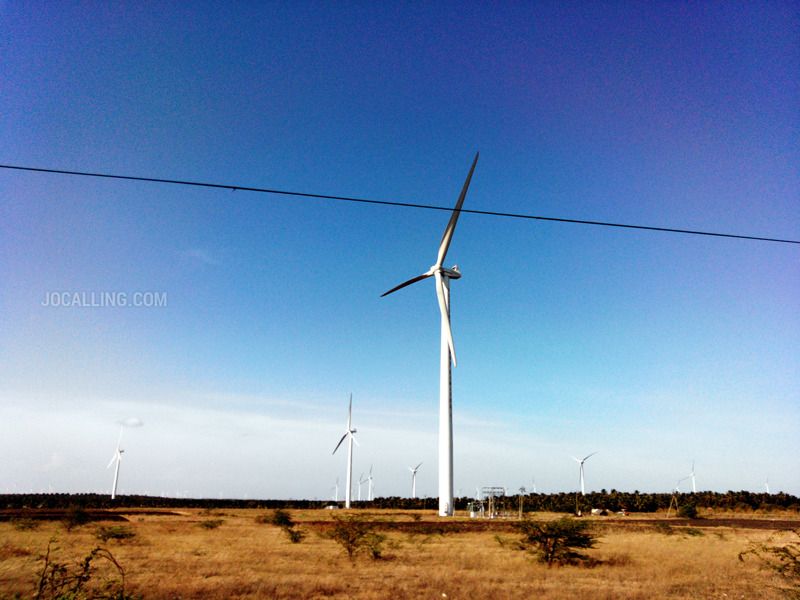
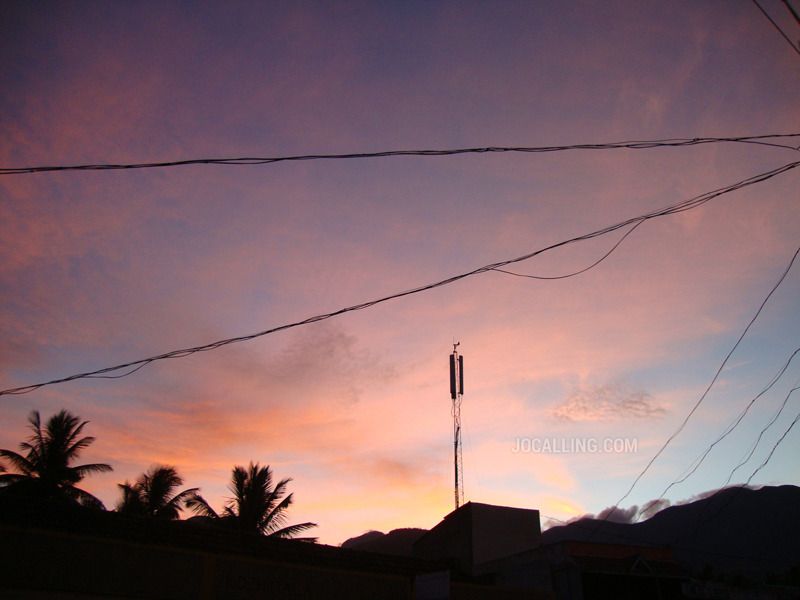

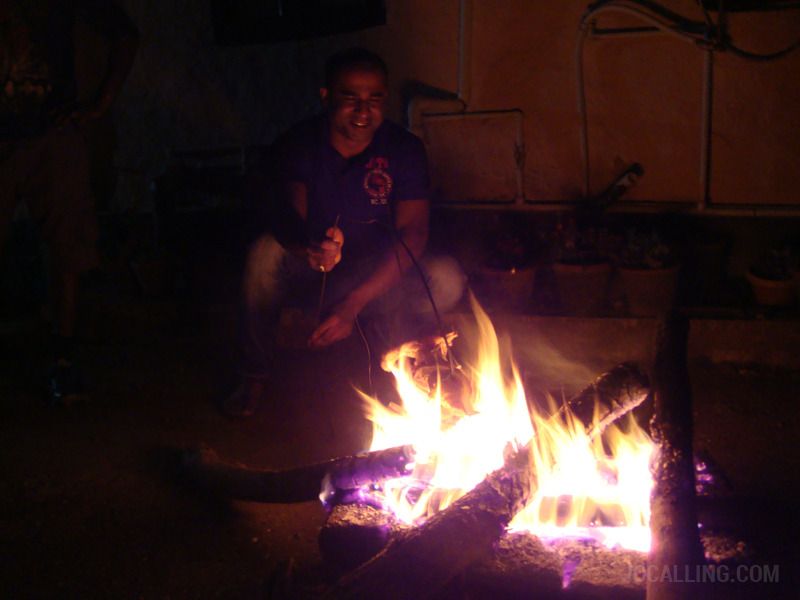

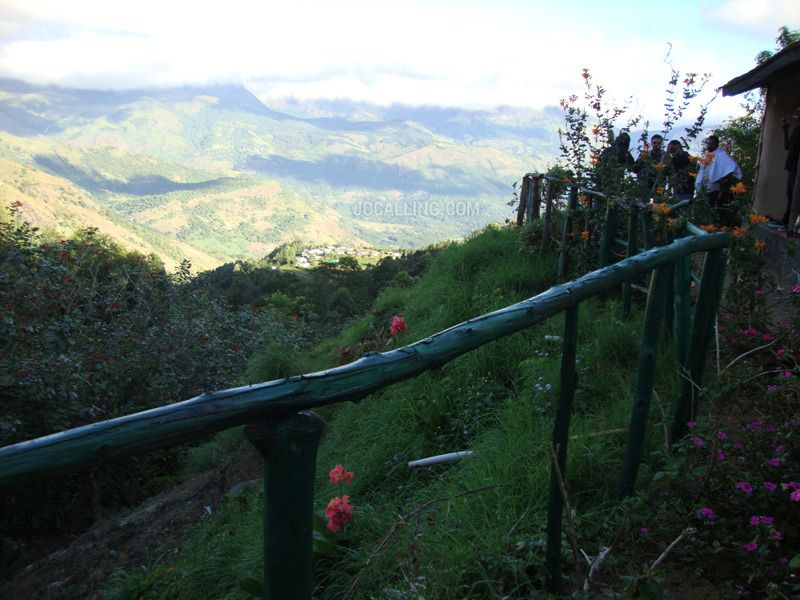
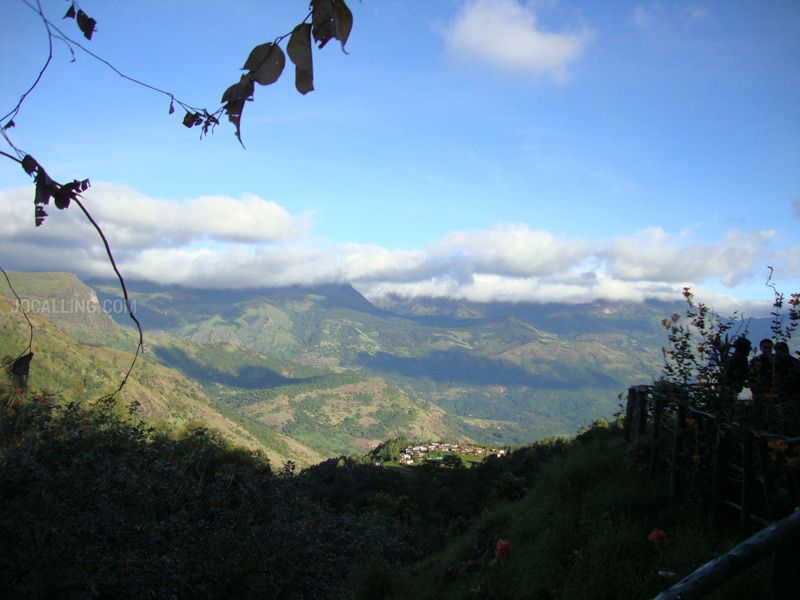
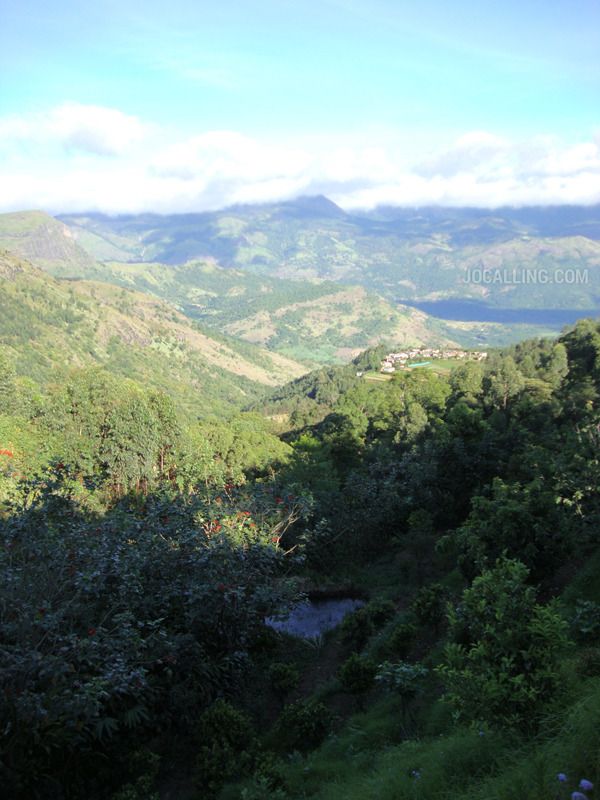
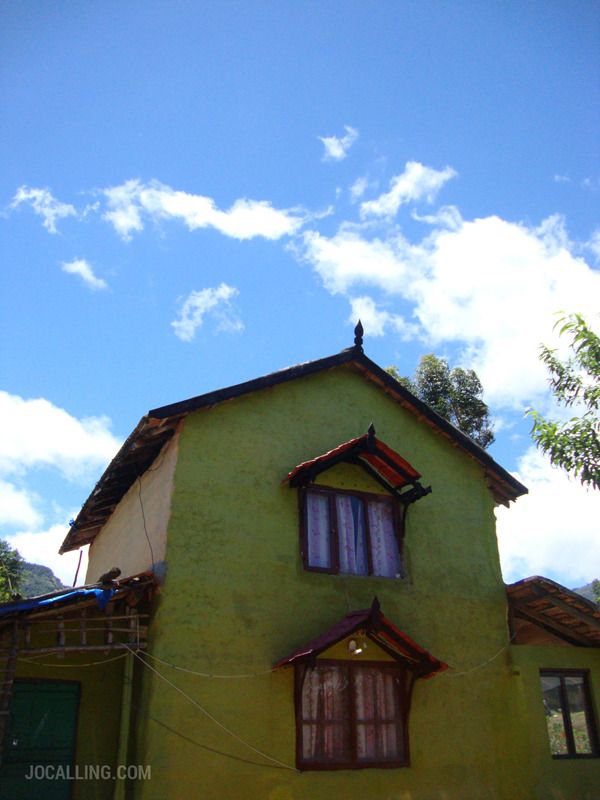
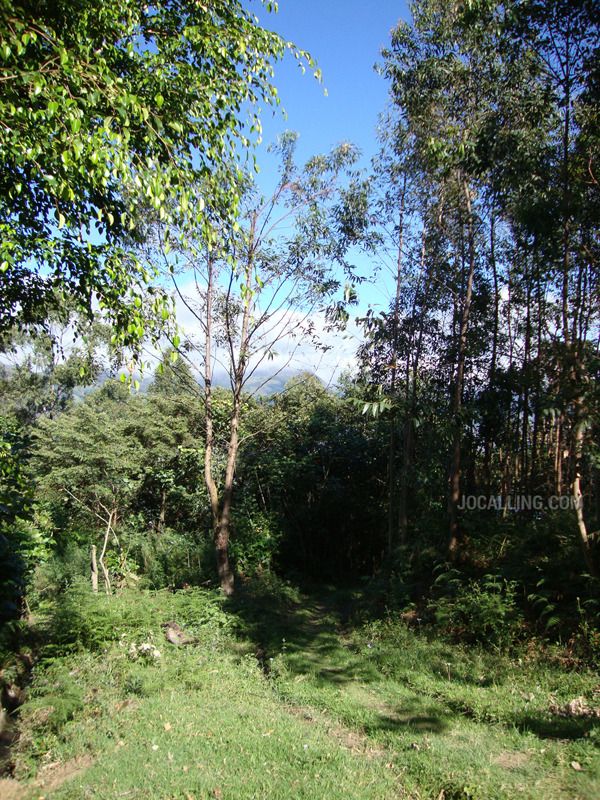
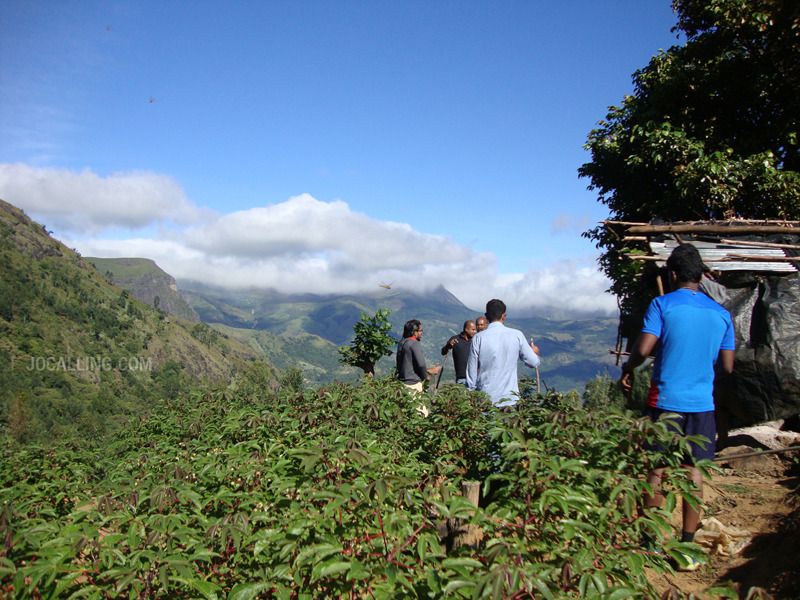
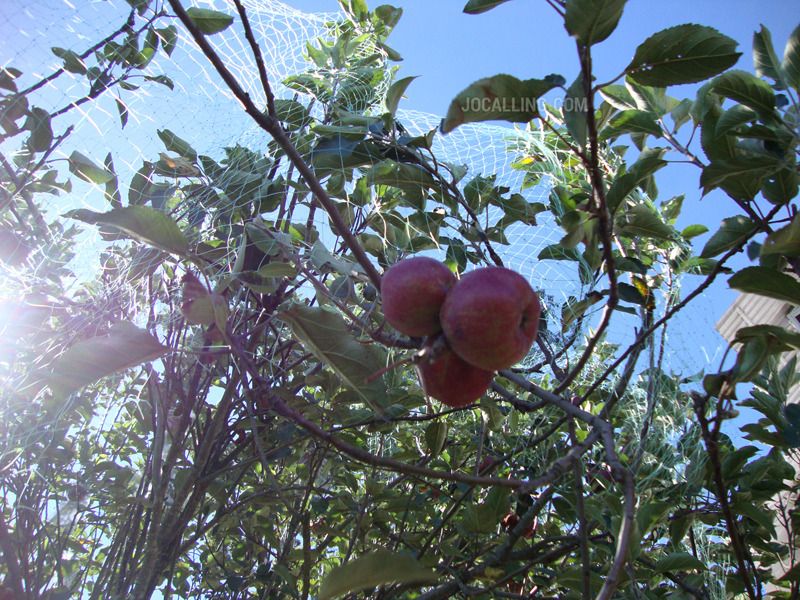


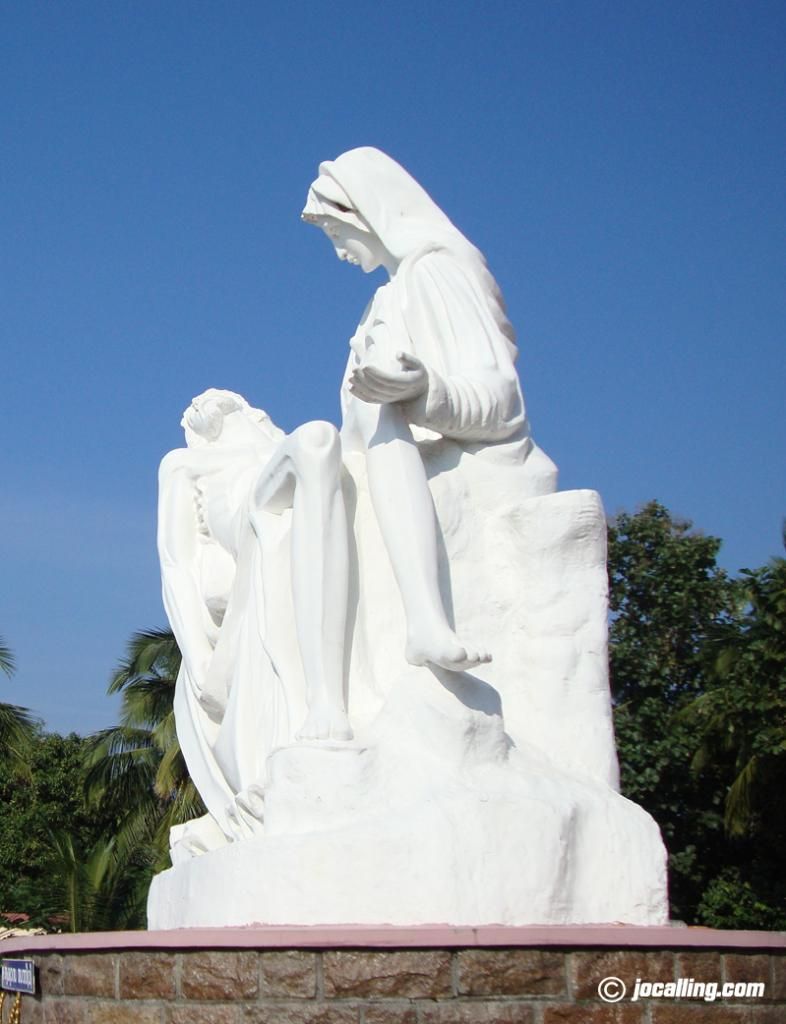
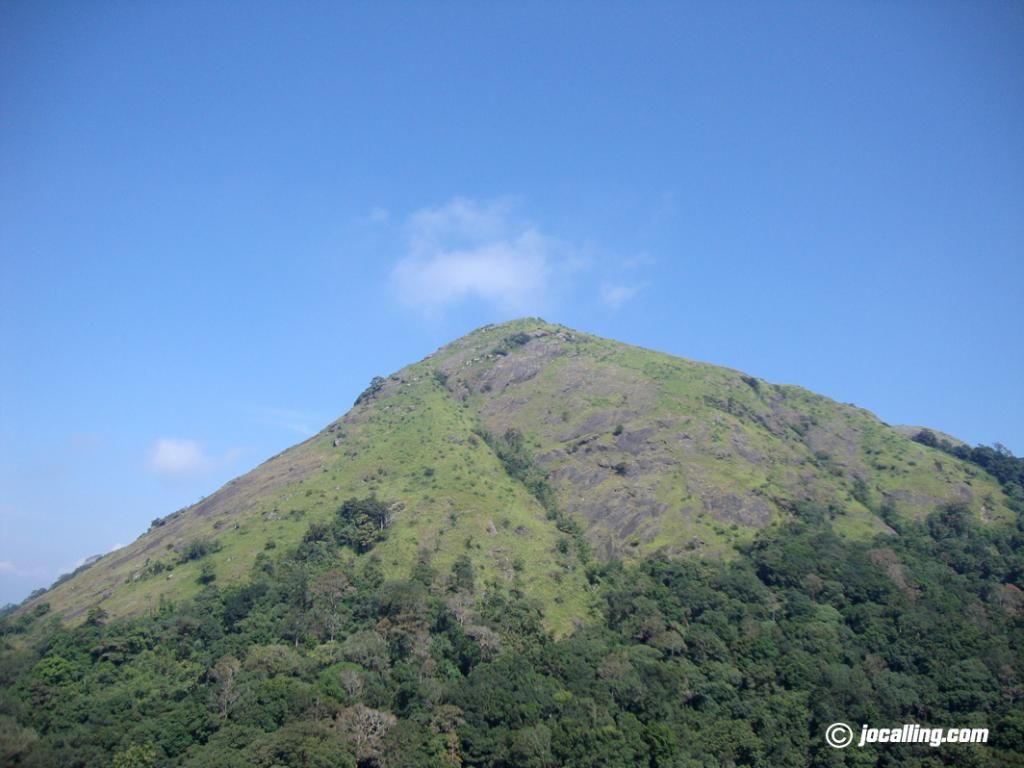

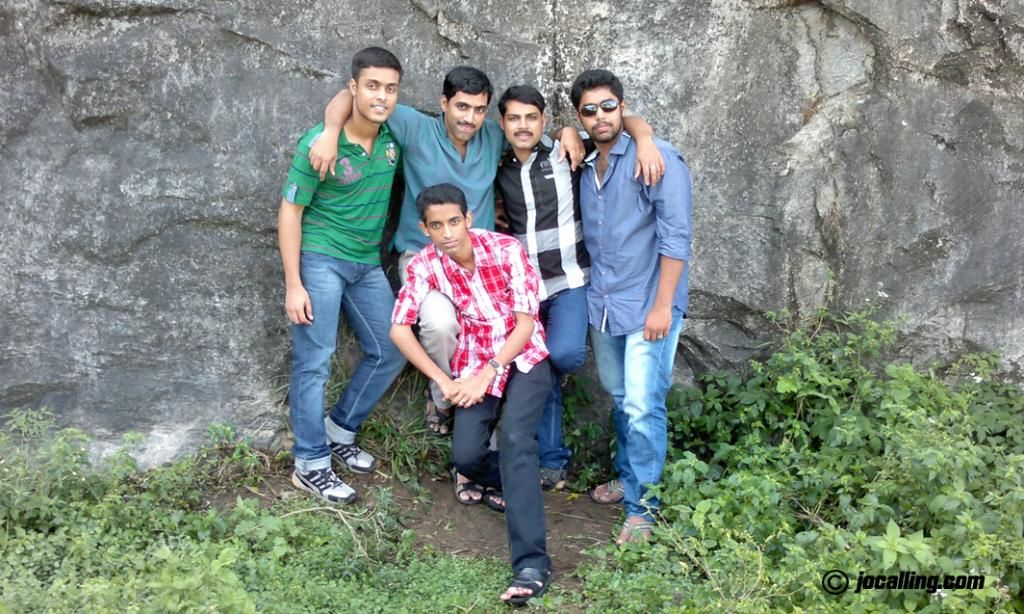
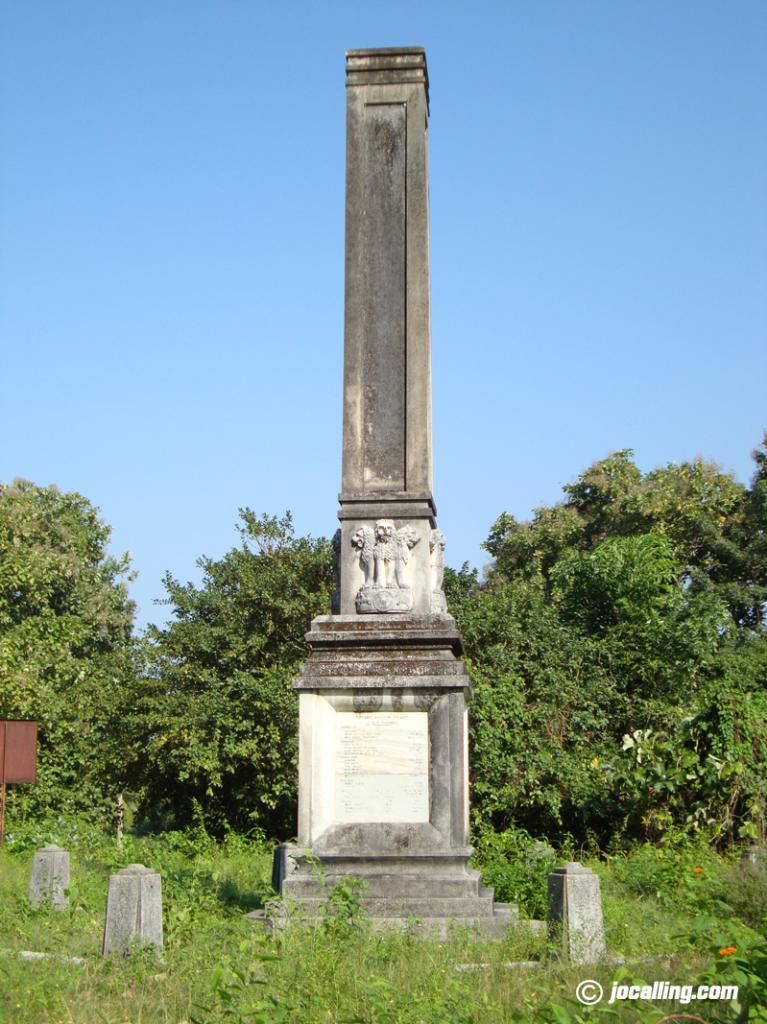

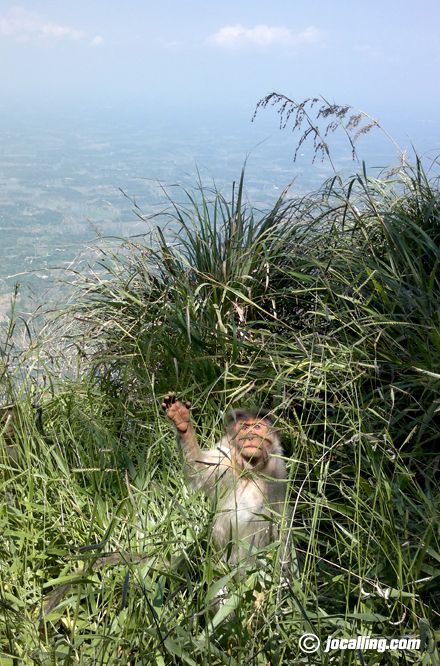
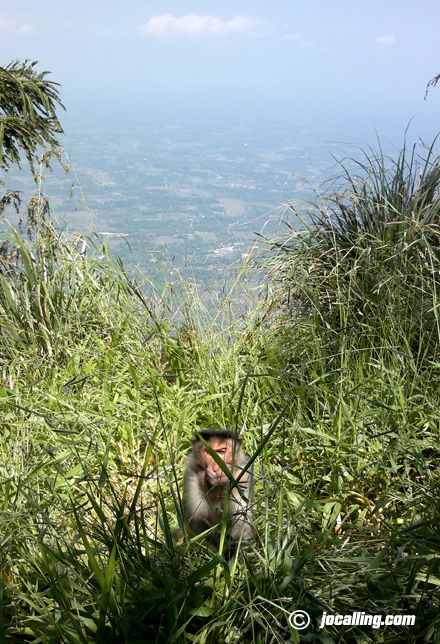
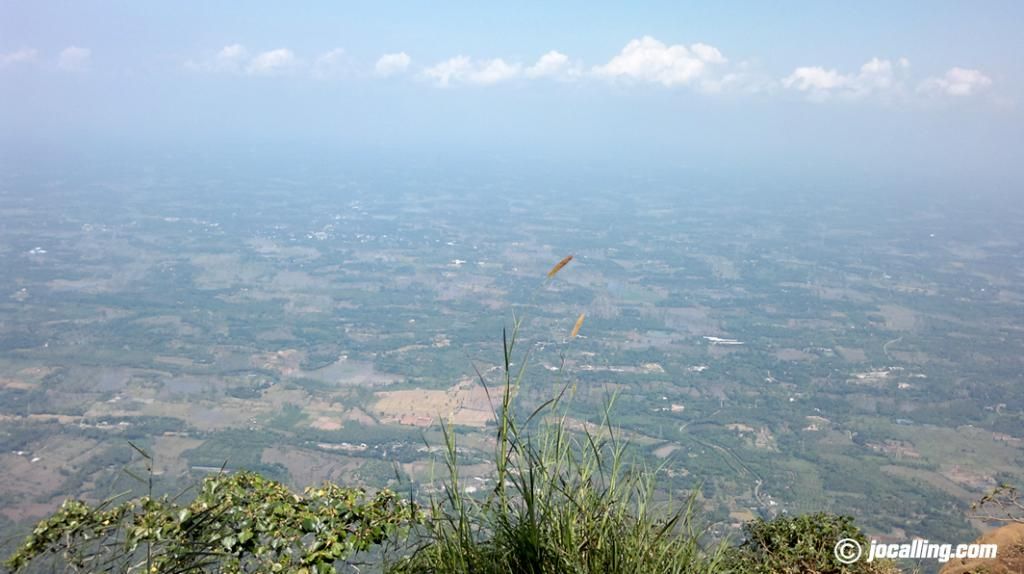
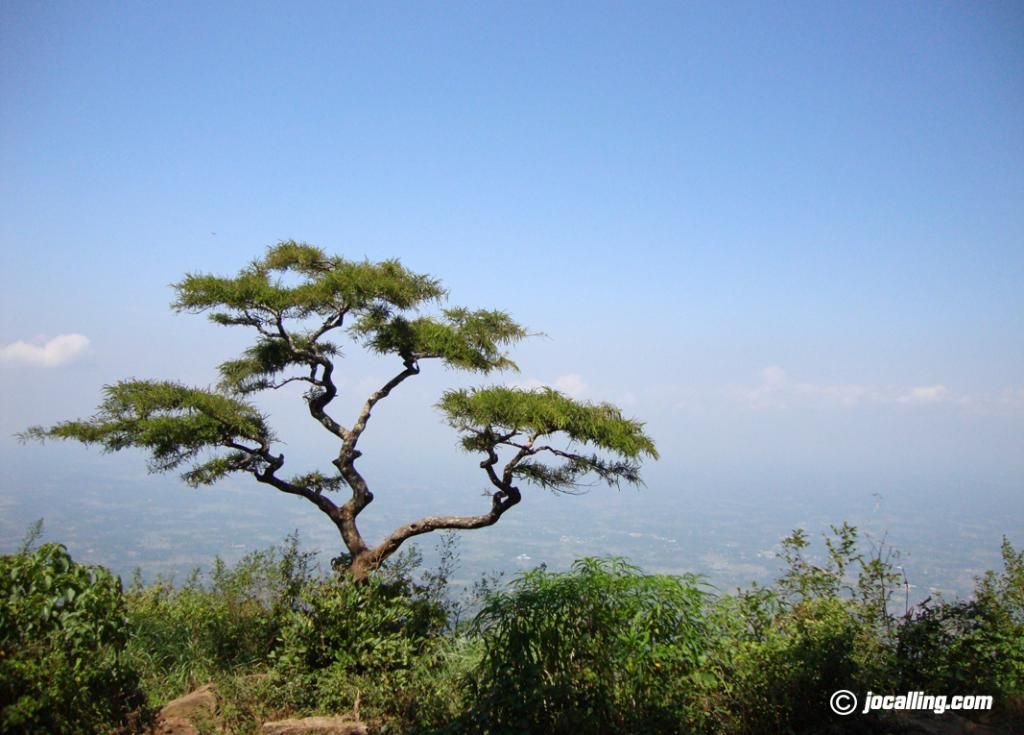
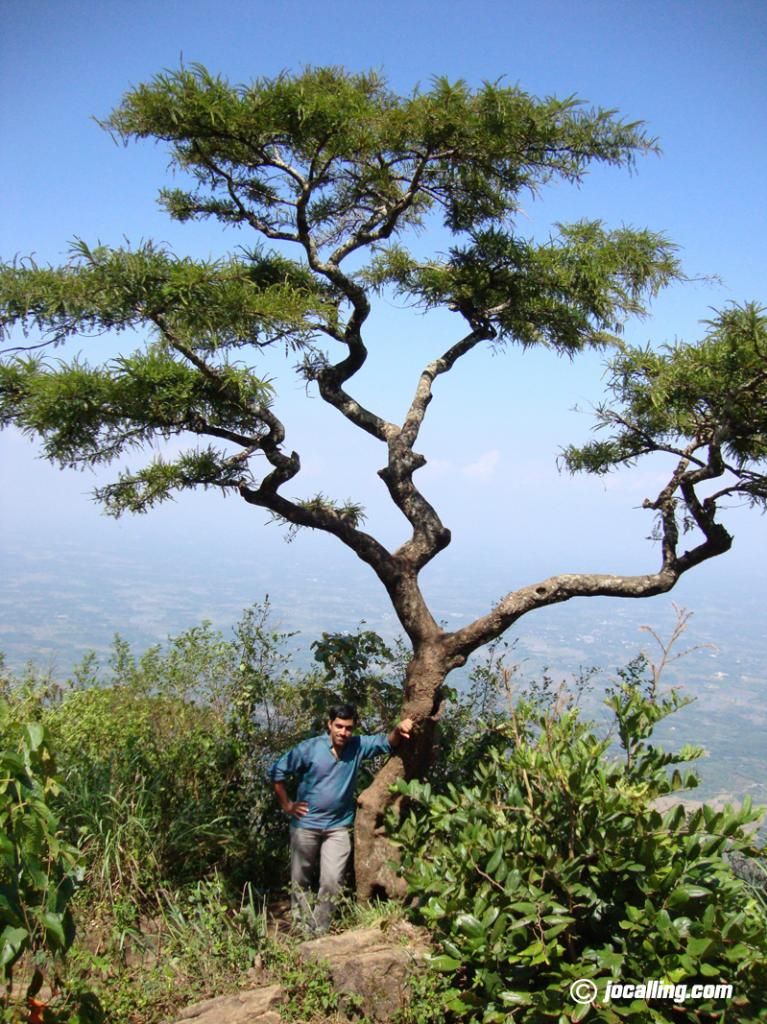
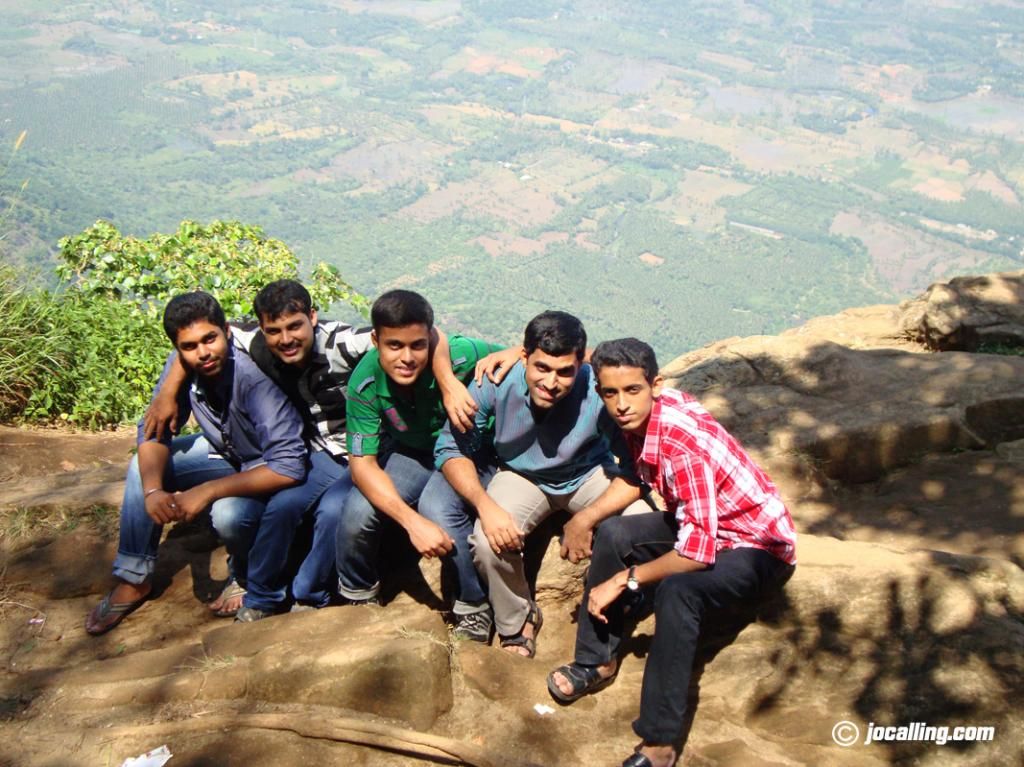
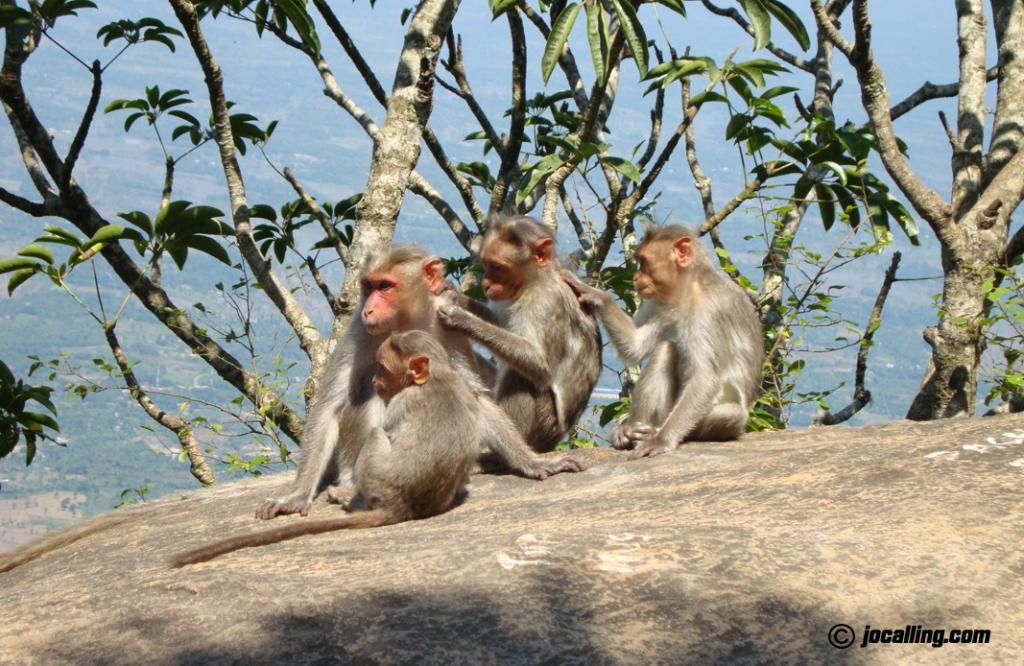
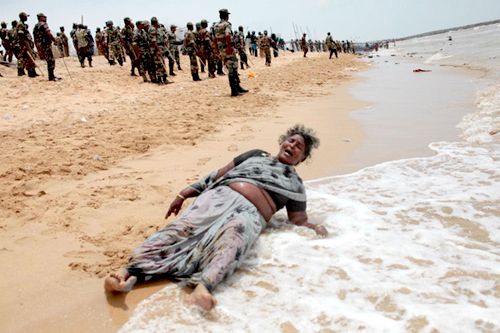
 Everything is powerful as long as it is in the powerful hands. The powerless are deluded by the powerful to think they have the power when they actually don’t. That is why we remain happy with our version of democracy or the predictions of India becoming a super power in 20xx. That is also why when the clergy teaches us of the greatness and acceptance of our version of religion makes us happy that we are part of something great, while we actually do not have any role in it. The powerful plays it all – politics, religion, race, caste and what not. And the powerless are only meant to nod their heads and fooled to believe that by doing so, they are playing a larger role. The powerful knows how to work their way though and that is what this news tells us of the fishermen, whose husband/brother were killed in cold blood by the Italian marines, forgiving the accused ‘in the name of Christ’.
Everything is powerful as long as it is in the powerful hands. The powerless are deluded by the powerful to think they have the power when they actually don’t. That is why we remain happy with our version of democracy or the predictions of India becoming a super power in 20xx. That is also why when the clergy teaches us of the greatness and acceptance of our version of religion makes us happy that we are part of something great, while we actually do not have any role in it. The powerful plays it all – politics, religion, race, caste and what not. And the powerless are only meant to nod their heads and fooled to believe that by doing so, they are playing a larger role. The powerful knows how to work their way though and that is what this news tells us of the fishermen, whose husband/brother were killed in cold blood by the Italian marines, forgiving the accused ‘in the name of Christ’.